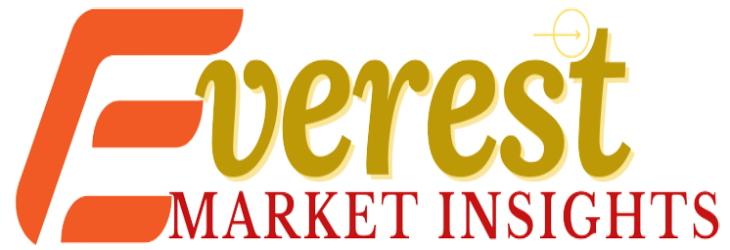The parenteral drug delivery market is rapidly growing due to increasing demand for convenient and safe drug administration. Smart packaging solutions have emerged as an innovative way to address the challenges of parenteral drug delivery. Smart packaging solutions use advanced technologies to improve the safety, convenience, and efficacy of drug delivery, while also enabling better patient engagement and monitoring. In this article, we will explore the opportunities and challenges of smart packaging solutions for parenteral drug delivery.
Market Opportunities
- Improved Safety
Smart packaging solutions can help improve safety by reducing the risk of medication errors, counterfeiting, and diversion. For example, smart labels can be used to verify the authenticity and expiration date of the drug, while also providing information on dosage, administration, and potential side effects. This can help prevent medication errors and ensure that patients receive the correct medication in the correct dose.
- Enhanced Convenience
Smart packaging solutions can also enhance convenience by enabling easier and more efficient drug administration. For example, smart injectors can be programmed to deliver the correct dose of medication at the correct time, while also providing feedback on the administration process. This can help patients and healthcare professionals manage complex treatment regimens more easily and effectively.
- Improved Efficacy
Smart packaging solutions can also help improve the efficacy of drug delivery by enabling better monitoring and feedback. For example, smart sensors can be used to monitor the patient’s vital signs, such as heart rate and blood pressure, and provide feedback on the effectiveness of the medication. This can help healthcare professionals adjust the treatment regimen to optimize the patient’s response to the medication.
Market Challenges
- Cost
Smart packaging solutions can be expensive to develop and implement, which may limit their adoption in certain markets. For example, developing and integrating smart sensors into packaging can be a complex and costly process, which may make it difficult to achieve widespread adoption in developing countries or low-income communities.
- Regulatory Requirements
Smart packaging solutions may also face regulatory challenges, particularly around data privacy and security. The use of smart sensors and other monitoring technologies may require additional regulatory approvals and compliance with data protection laws, which can increase the complexity and cost of implementation.
- Integration with Existing Infrastructure
Smart packaging solutions may also face challenges in integrating with existing healthcare infrastructure, particularly in developing countries or regions with limited healthcare resources. For example, the use of smart injectors may require additional training and education for healthcare professionals, which may be difficult to achieve in resource-constrained settings.
Conclusion
Smart packaging solutions have the potential to transform the parenteral drug delivery market by improving safety, convenience, and efficacy. However, they also face significant challenges around cost, regulatory requirements, and integration with existing infrastructure. As the healthcare industry continues to evolve, it will be important to address these challenges in order to realize the full potential of smart packaging solutions for parenteral drug delivery. This will require collaboration between healthcare providers, technology companies, and regulatory bodies to develop innovative solutions that meet the needs of patients, healthcare professionals, and regulators.
Disclaimer: The views, suggestions, and opinions expressed here are the sole responsibility of the experts. No Everest Market Insights journalist was involved in the writing and production of this article.
